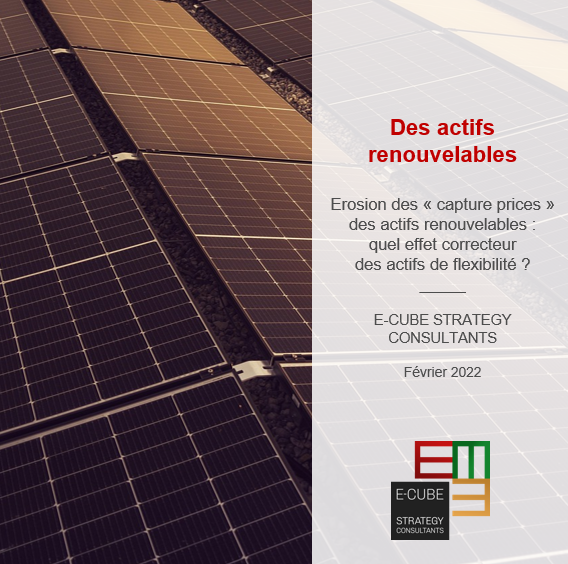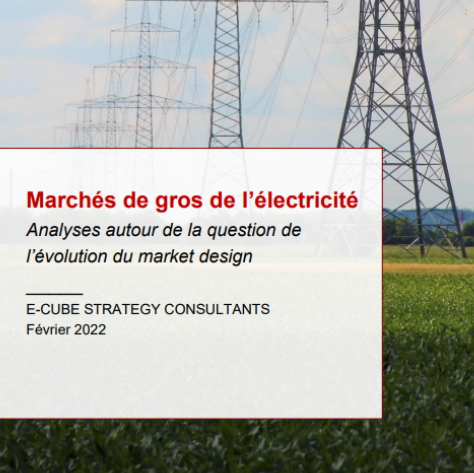The recent surge in electricity prices across Europe has temporarily boosted the profitability of renewable assets, particularly those exiting subsidized contracts. This context reignites the idea that solar and wind power could soon become competitive without public support.
However, as their share in the energy mix grows, capture prices — the market prices weighted by actual production — tend to decline. These prices drop when the sun shines or the wind blows, since renewables lower spot prices at the very moment they generate most of their output. Over time, this threatens the economic viability of new renewable projects.
The answer may lie in the large-scale deployment of flexibility solutions such as batteries, demand response, and smart charging of electric vehicles. These systems can store surplus electricity and inject it back into the grid during periods of low production, helping to stabilize market prices and maintain the value of renewable assets.
The key question remains: does the current market design provide strong enough signals to encourage investment in flexibility? Or must it evolve to support a successful and sustainable energy transition?










